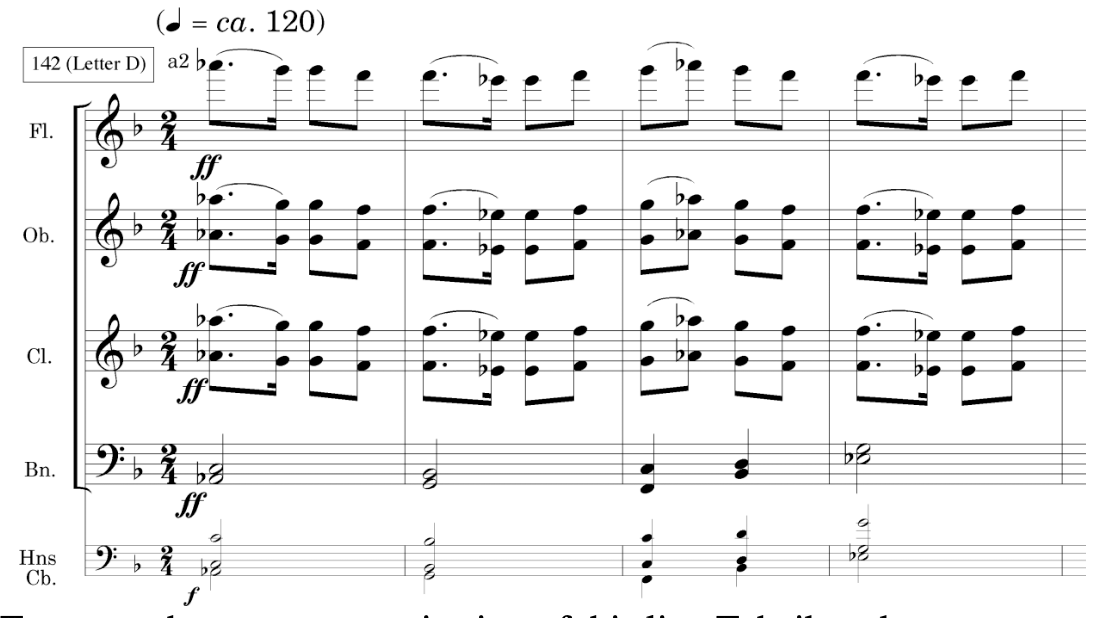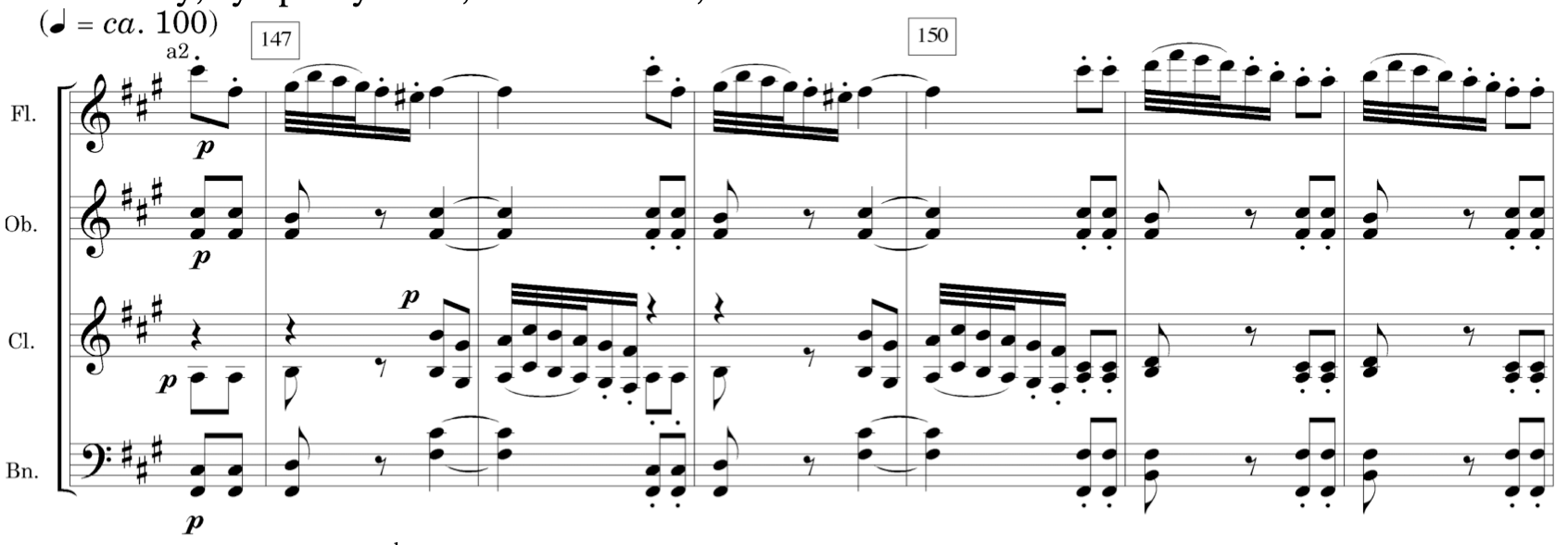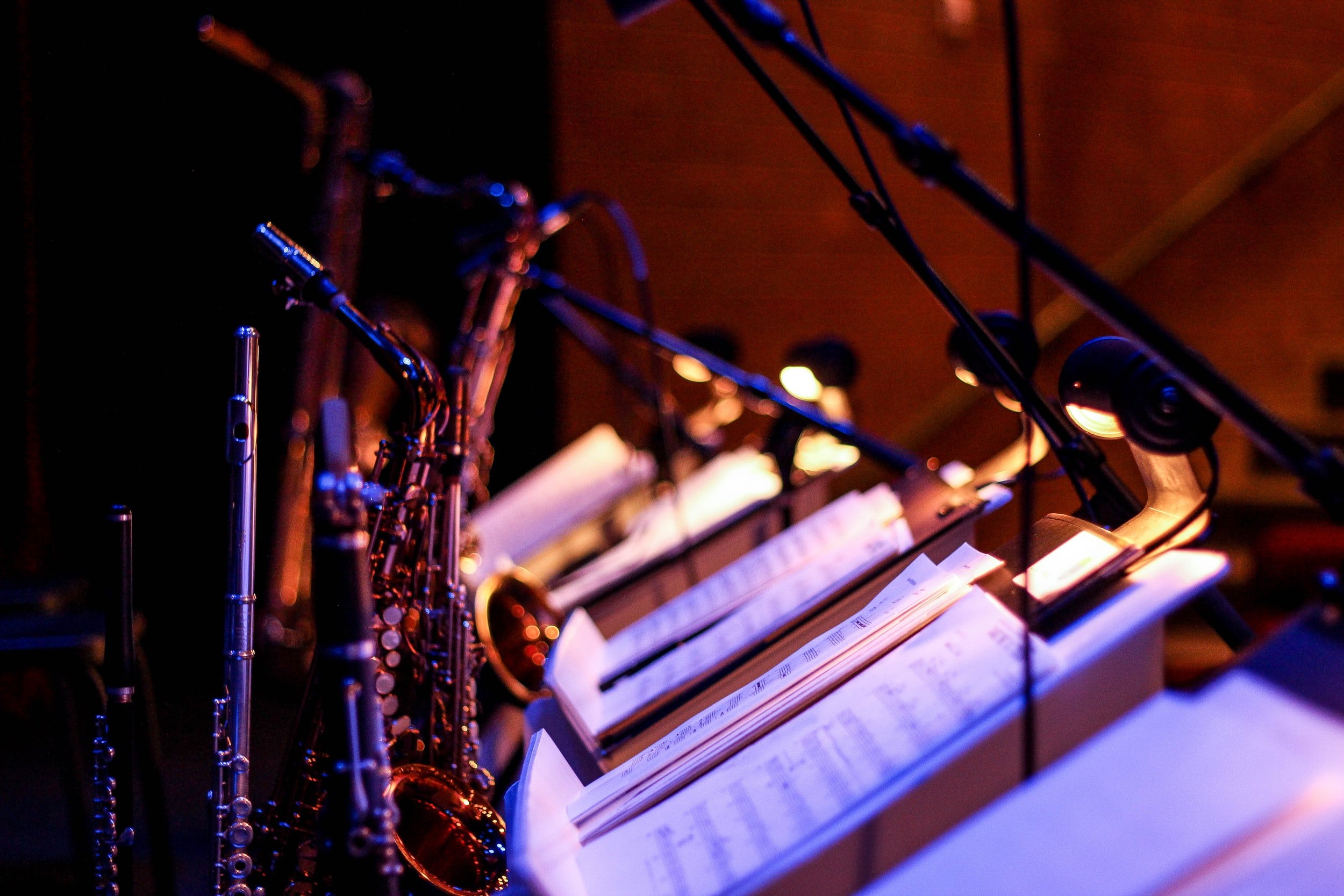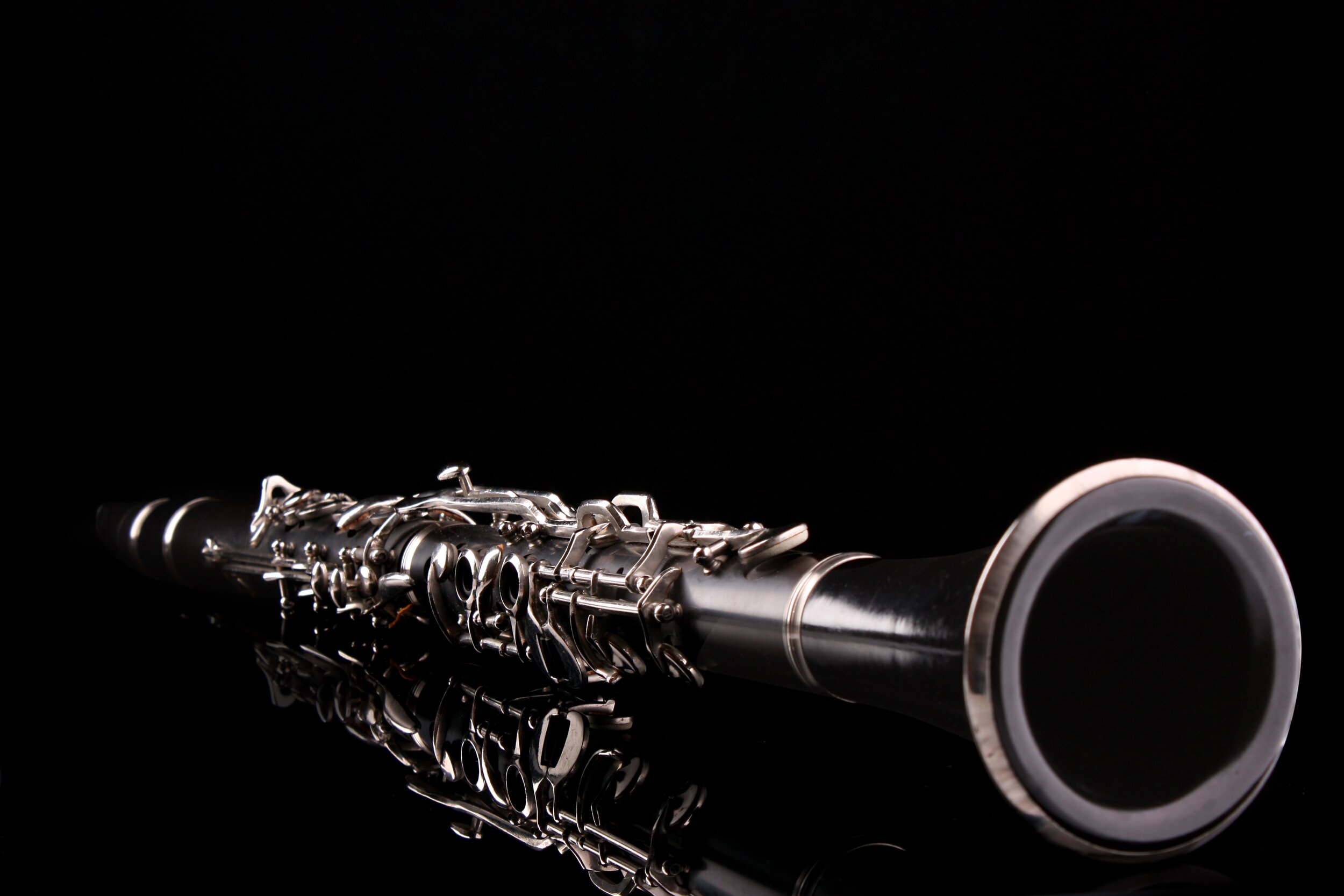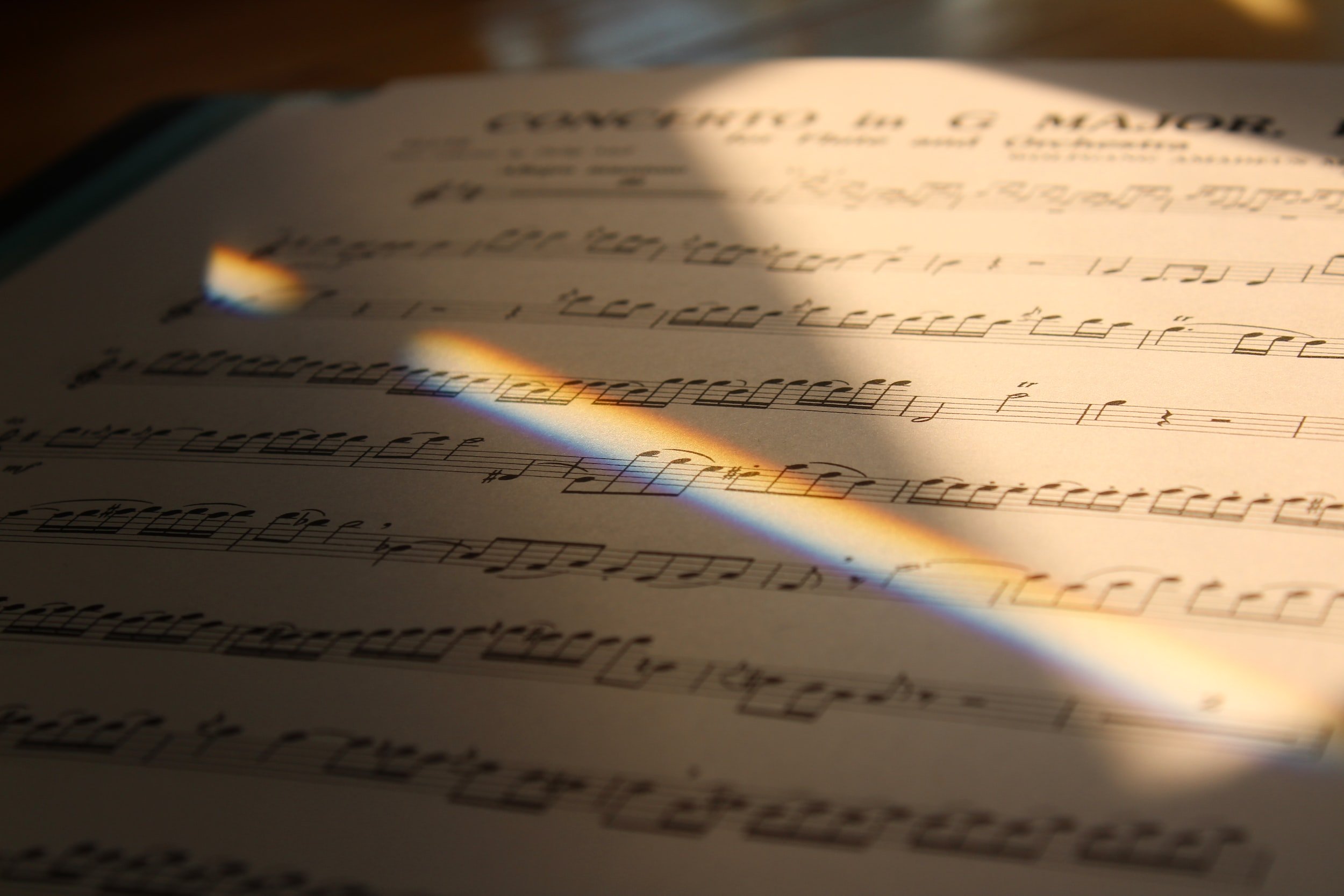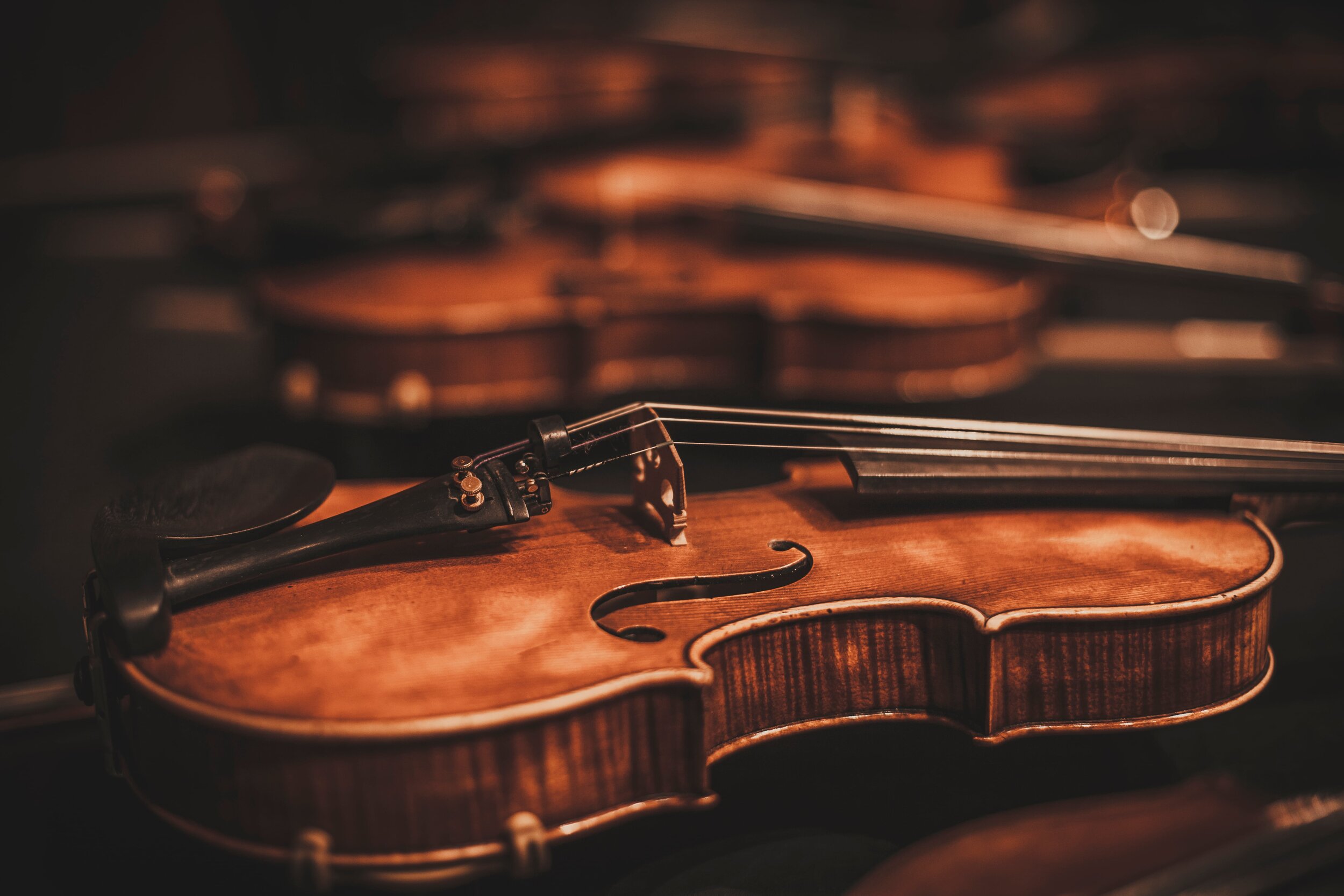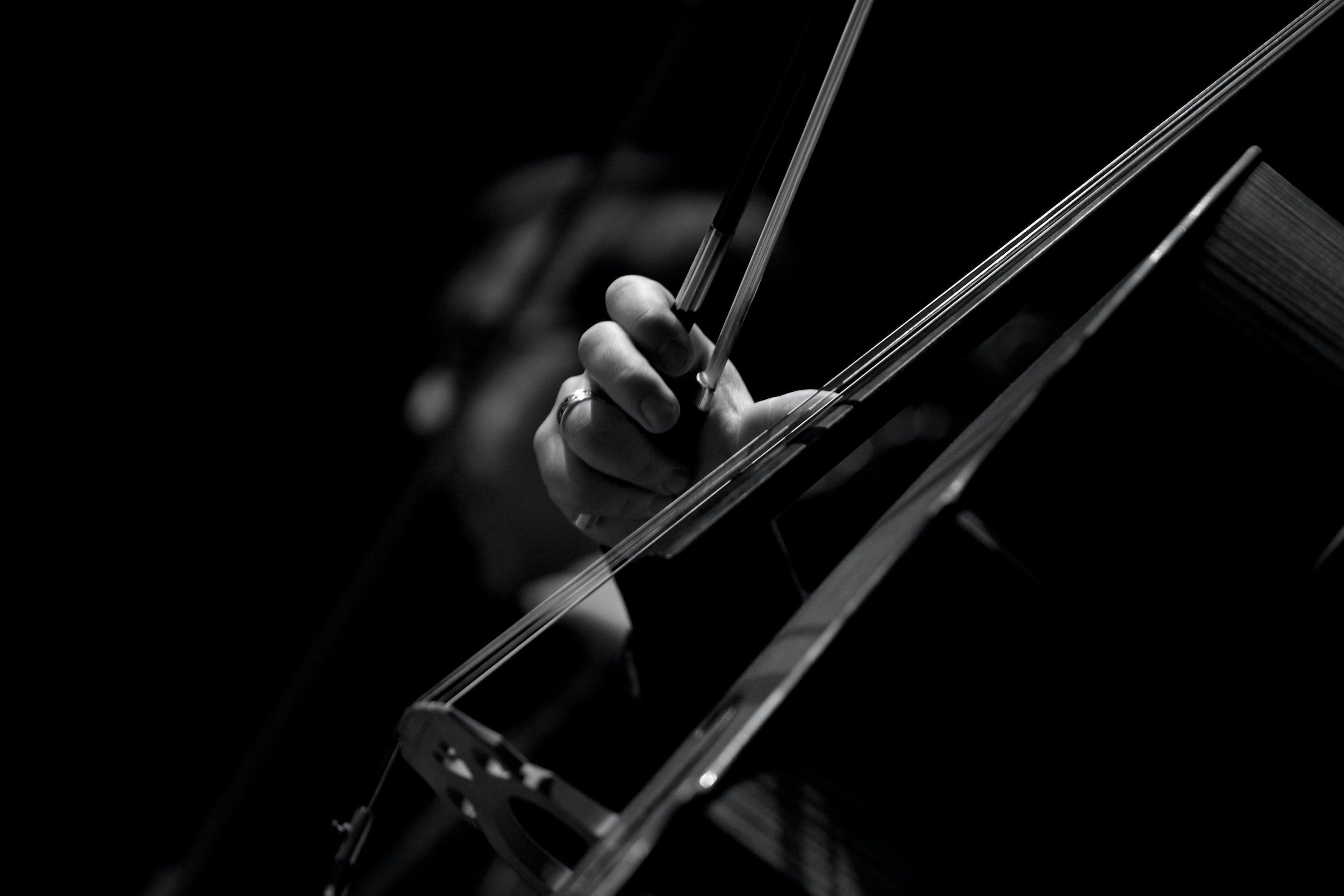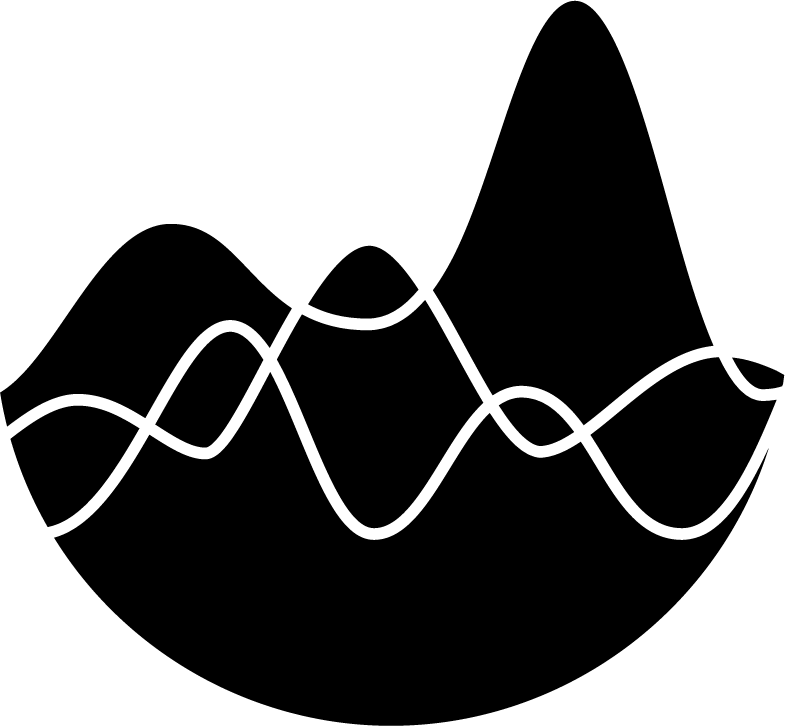Woodwinds | Scoring Excerpts
Woodwinds | Scoring Excerpts
Extreme Orchestration
by Don Freund and David CutlerPublished: February 2024
Since the members of the woodwind section have such individually distinct timbres, the choices of chord voicings, doublings and octave placements in this section have a particularly notable impact. This series of excerpts from Tchaikovsky’s 4th Symphony demonstrate a variety of ways chords and lines can be distributed in a section of woodwinds in pairs (with the later addition of piccolo).
Tchaikovsky, Symphony No. 4, 1st Movement, m. 87-88
In these measures the woodwinds and horns are pitted antiphonally against the strings. Tchaikovsky amplifies the sound by pairing the flutes and oboes doubled in octaves in the strong parts of their ranges, and doubling the clarinets in octaves.
Tchaikovsky, Symphony No. 4, 1st Movement, m. 144-148
Here Tchaikovsky creates a soft but full sound by grouping the flutes and clarinets (later bassoons) in octave doublings. Initially the first oboe and bassoon are paired in octaves; in the alternate texture, oboes are combined with horns.
Tchaikovsky, Symphony No. 4, 2nd Movement, m. 142-145
To create the strongest projection of this line Tchaikovsky uses octaves in both the oboes and clarinets, because the mix of the different timbres in each octave is more penetrating than doubles of the same timbre a2. This is not true in the case of the flutes; if the 2nd flute were an octave lower (doubling the 1st oboe) the sound in this relatively weak register of the flute would contribute less than the a2 higher octave.
Tchaikovsky, Symphony No. 4, 2nd Movement, m. 174-177
Here a full but less brilliant sound is needed to accompany the string melody, so the flutes are used in the middle octave to add body to the sound of the oboes.
Tchaikovsky, Symphony No. 4, 3rd Movement, m. 147-152
In this passage from the 3rd movement the woodwinds are heard alone. The double reeds provide a drone- like accompaniment emphasizing open fifths, filled in by the 2nd clarinet and then both clarinets. Clarinets in octaves are used in their middle low range to match flutes a2 in their mid-high range.
Tchaikovsky, Symphony No. 4, 3rd Movement, m. 161-166
As this passage grows to a ff statement, Tchaikovsky continues to use the flutes a2, adding the piccolo sounding an octave higher. This is the first piccolo entrance in the entire work, very effective musically but physically and psychologically unfriendly to the piccolo player — some inconsequential “warm-up” passage for the piccolo a few bars earlier would make this entrance considerably less traumatic. The alto and tenor voices are assigned to octave-doubled oboes and clarinets, while the bassoon bass note is a2.
Tchaikovsky, Symphony No. 4, 3rd Movement, m. 349-350, 361-362, 365-368
These three passages demonstrate woodwind textures that are used antiphonally against the string section pizzicato. Note the different doubling strategies change as the volume increases. Initially flutes and clarinets are grouped in octaves; at m.361 piccolo is added to create two 3-voice groups an octave apart, but the notes distributed to the clarinet use its timbre distinction to create a contrasting line. In the last fragment the flutes and piccolo are fused into unison, doubling the a2 clarinets at the octave, while the oboes and bassoons join with the horns to produce pungent chords.



